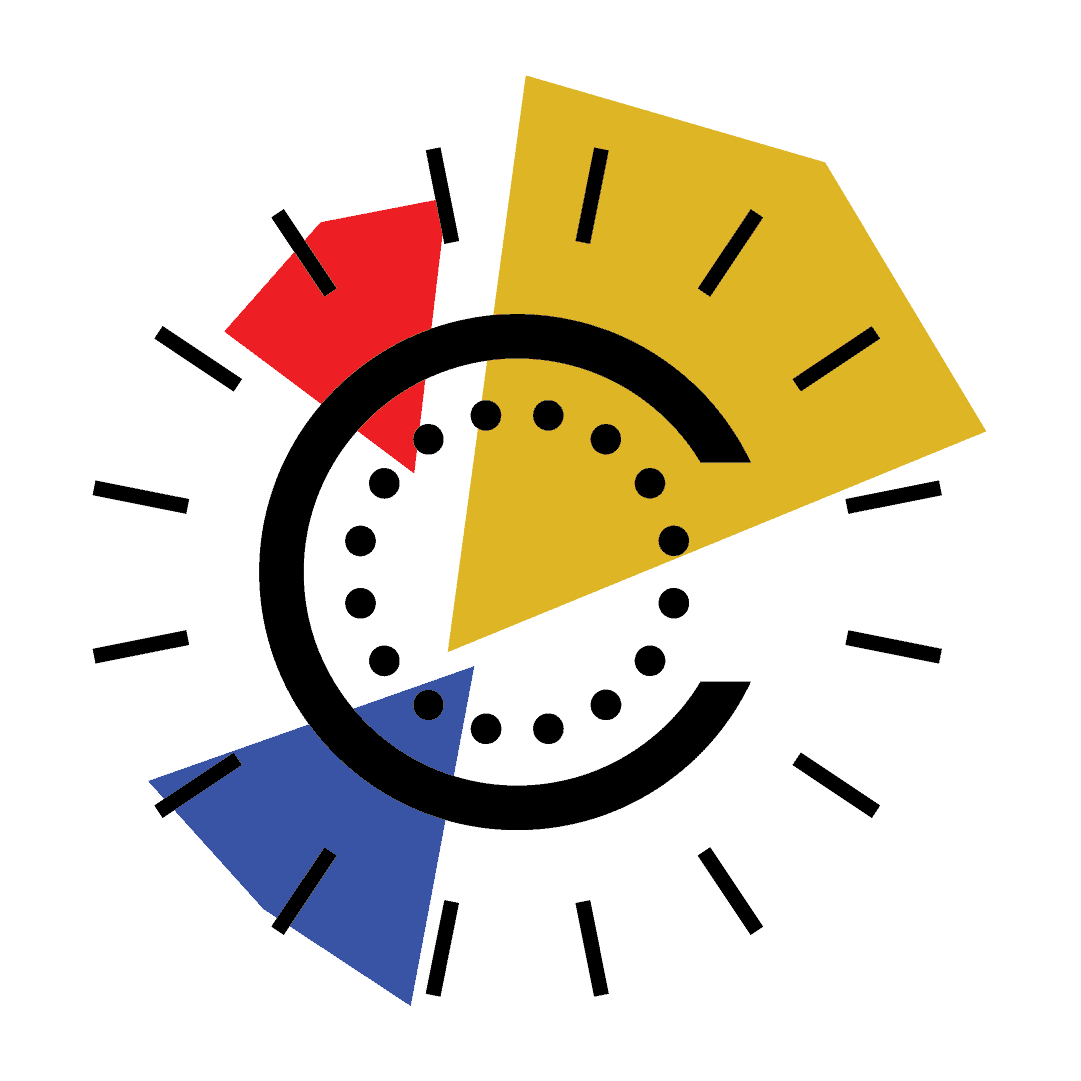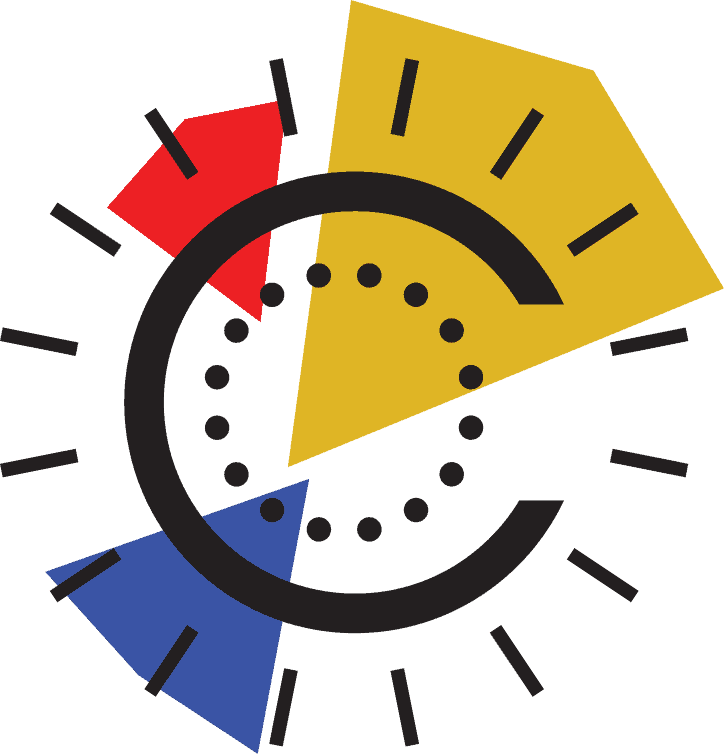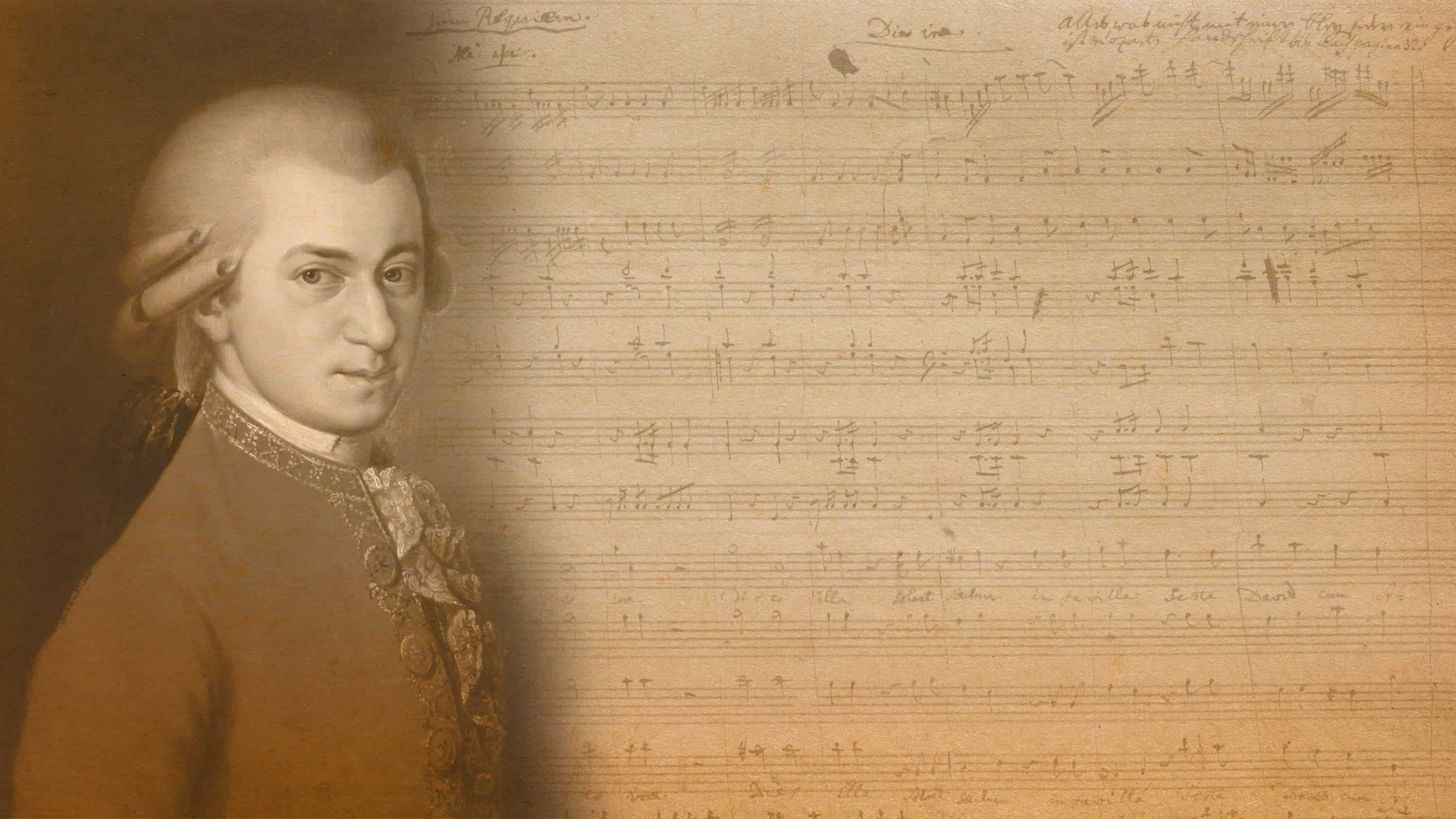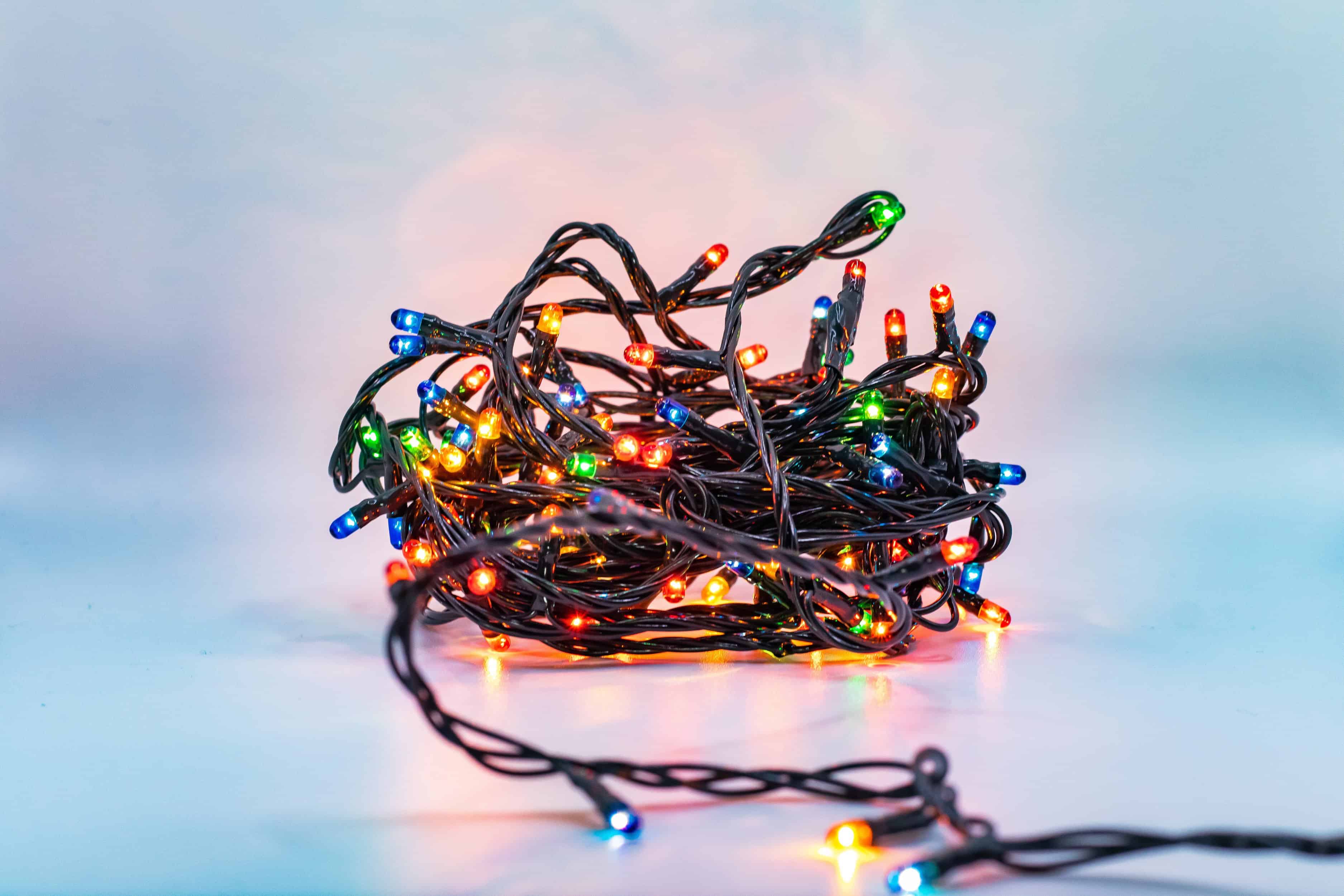Brahms
Saturday, 01 February 2025 - 7:30pm
The Great Hall . . .
Liverpool Hope University
Creative Campus
17 Shaw Street
Liverpool
L6 1HP
Double Concerto for Violin, Cello & Orchestra
Nicholas Byrne (cello)
Leo Byrne (violin)
Symphony no. 2 in D
Conducted by Stephen Pratt
Brahms the Traditionalist
Saturday, 1st February 2025
I’ve been to most concerts given by the Society over many years but never before has anyone asked me to review one. I have no formal music training beyond Grade 5 theory so please excuse any technical mistakes.
I’d been looking forward to this one for a while because the soloists in the first item – Brahms’ Double Concerto for Violin and Cello – were the Orchestra’s leader, Leo Byrne, a very gifted amateur, and his son Nicholas, a professional musician. How proud each would be of the other, I thought, what a rare opportunity, how infinitely more sophisticated than me accompanying my children when they were young. What a joy. But also, probably, how nerve-wracking, each wanting to do their best for their beloved relative.
The orchestra came on. Leo, as usual, shifted attention away from himself to an audience member aged 100. And still attending concerts. Don’t we all wish and hope for that degree of energy and interest?
Leo and Nicholas sat almost facing one another though slightly angled towards the audience. Their expressions became focussed, they raised their bows, ready to begin. It’s not a piece I know so I waited, focussed.
The piece has three movements and in this first one most of the figures were led by the cello, a glorious rich sound, followed and embellished by the violin. The duet was a dance between the two, bouncing back and forth. Unusually, the orchestra has a much bigger role than in many concertos. Rather than being backup singers they had their own figures and their own initiatives in both melody and structure. Sometimes the dance was led by the violin and the cello’s depth and seriousness were expanded into soaring melodies right up to my favourite sounds on a violin, the harmonics which extend the range beyond the natural reach of the strings. At times orchestral string players used a technique which is particularly noticeable in this piece. It’s called pizzicato and it requires the string players to abandon their bows – it’s quite tricky, I imagine to hold them firmly while using the fingers independently - to pluck the strings, unleashing a whole different range of sound. Under conductor Stephen Pratt’s clear beat they were always in perfect time with one another.
The second movement, to me, brought broad, sweeping melodies reminiscent of folk music and highly descriptive. I saw lush meadows in a perfect pastoral setting with waving corn and wide, deep rivers sweeping through the landscape. The solos were expansive and majestic as were the melodies. This was a controlled environment where no part became dominant but all performed their proper roles in harmony.
The final movement opened with greater urgency. It seemed we now had 4 component parts: each solo, the duet and the orchestra, all swirling with determination like a room full of dancers following complicated patterns. The figures were repeated but not identically, like a series of concentric circles, each constructed from a different decorative style. Each string section made their own bow patterns, perfectly in agreement with each other and with Stephen’s lead. The brass – and what a group they were – became more prominent, sometimes glowing in the background and at others warming to prominence. Minor keys resolved back to major ones, growing and slowing until it was time for the build up to the climax. Hearts beat faster, as the sense of urgency grew with volume and speed right up to the final, consolidating chords.
The audience applauded strongly while father and son embraced, small smiles of satisfaction on both faces. Time to stand down for an interval.
The second half was Brahms’ 2nd Symphony. To my amazement both soloists were back, playing at regular desks in the orchestra. This is Leo’s usual role but it was extraordinarily generous of Nick to do likewise. The orchestra responded well. Not only were the lower strings led by Nick but there were 6 other cellos and 3 double basses, a wonderful foundation of sound which Stephen made very good use of.
This piece has four movements and it opened with a beautiful melody that reminded me of the second movement in the Concerto. There were the same broad legatos and confident sweeps of sound but also sections of pizzicato and syncopated rhythms which were slightly unnerving in the context. Here, I thought, were new thoughts, a reaching out and striving for change.
The second movement roved around the orchestra, featuring now the lower strings, now the upper, now the brass and woodwind, each having its moment then handing on to their neighbours, a collaborative and communal experience. Melodies launched in one section were echoed in another with small changes, became arpeggiated passages then blended back into smooth lines. In the lovely, round acoustic of the Great Hall the parts warmed and led us into a feeling of peace.
The third movement saw lighter, spring-like movement alternate with a more martial tone and rhythm as the higher instrumental dancers wove their steps around the soldiers. We were shown balance and steadfastness, variety and calm.
In the last movement many of the earlier features re-emerged with pizzicato passages followed by firm, scalic ones. The strong, lower strings and brass gave us a joyous sense of confidence while bell-like upper melodies sounded victorious. Certainty abounded as we were led to the finale which resonated with its repeated chords.
An enthusiastic audience clapped long and hard while Stephen highlighted particular stars before all left, tired out but doubtless exhilarated by the satisfaction of a job well done and positively recognised.
A wonderful couple of hours with which to celebrate my birthday.
Tricia Clewett
Brahms’ reluctance to tackle symphonic form is well-documented. He spent at least 14 years completing his first symphony, feeling considerable pressure working in what he saw as the shadow of Beethoven. By contrast, the radiant second symphony which was premiered in 1877 – the year after the premiere of the first symphony- was written relatively quickly during a visit to the Austrian province of Carinthia. If the first symphony ends with more than a passing reference to Beethoven’s Ninth Symphony, this second symphony is Brahms’ ‘Pastoral’ symphony. It is the only one of Brahms’ four symphonies to be designated as being in a major key (despite the triumphant C major ending to the first symphony it is a symphony in C minor), and its warm, expansive mood seems to portray a Brahms who has finally shaken off the shackles and allows himself to be inspired glorious landscape he was visiting.
"... I have had the amusing idea of writing a concerto for violin and cello. If it is at all successful it might give us some fun. You can well imagine the sort of pranks one might play in such a case"
Brahms’ letter to Clara Schumann in 1887
Brahms’ letter to Clara Schumann in 1887 disguises the fact that (as a pianist) he felt somewhat wary of writing of writing a concerto for two string instruments. His violin concerto, premiered in 1878, had a mixed reception and he wrote the Double Concerto as an act of reconciliation with the dedicatee of the Violin Concerto, Joseph Joachim. He had fallen out with Joachim in the interim, largely because he had sided with Joachim’s wife in a fairly public divorce case. In the Double Concerto, Brahms paired Joachim with his chamber music partner and friend Robert Hausmann. Like the Violin Concerto, the piece has mixed reviews following its first performance in October 1887. Listening to both the Violin Concerto and the Double Concerto today, it is hard grasp why this was so; whilst the Double Concerto has not achieved the status of the Violin Concerto, it is nevertheless a fine work which deserves to be heard a lot more.
Stephen Pratt
Ticket Prices*
General Admission: £13.20
Liverpool Hope University current staff and students: Free
Family (2 adults plus children): £26.40
School or college students: £3.30
*Includes booking fee



